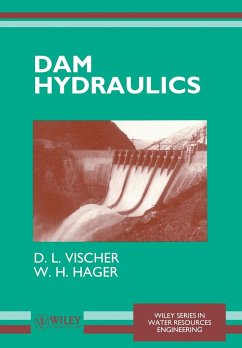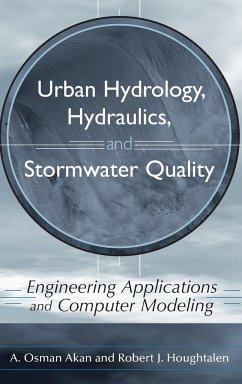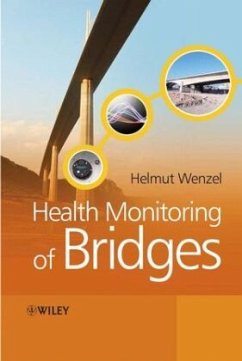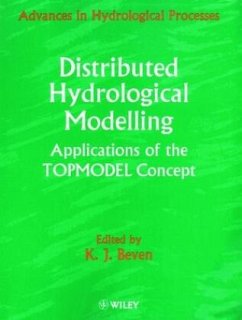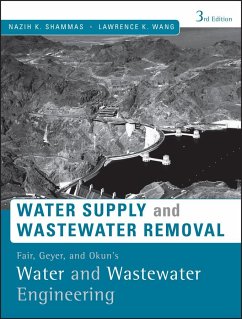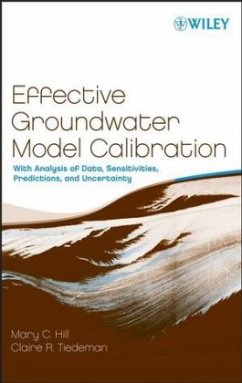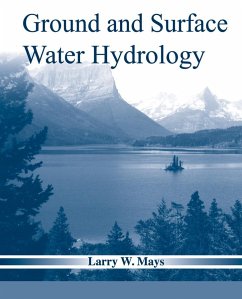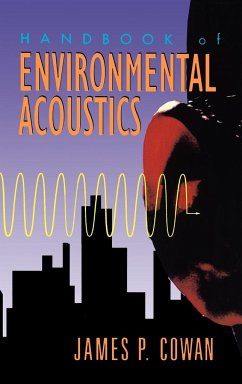
Sonar and Underwater Acoustics
Versandkostenfrei!
Versandfertig in über 4 Wochen
237,99 €
inkl. MwSt.
Weitere Ausgaben:

PAYBACK Punkte
119 °P sammeln!
Sonar and Underwater Acoustics brings together all the concepts necessary for designers and users of sonar systems. Unlike other books on this subject, which are often too specialized, this book is accessible to a wider audience. The first part focuses on the acoustic environment, antenna structures, and electric acoustic interface. The latter provides knowledge required to design, as well as the development and implementation of chain processes for an active sonar from the conditioning input to output processing. The reader will find a comprehensive range of all problems encountered in underw...
Sonar and Underwater Acoustics brings together all the concepts necessary for designers and users of sonar systems. Unlike other books on this subject, which are often too specialized, this book is accessible to a wider audience. The first part focuses on the acoustic environment, antenna structures, and electric acoustic interface. The latter provides knowledge required to design, as well as the development and implementation of chain processes for an active sonar from the conditioning input to output processing. The reader will find a comprehensive range of all problems encountered in underwater acoustics for a sonar application, from physical phenomena governing the environment and the corresponding constraints, through to the technical definition of transducers and antennas, and the types of signal processing involved. In one section, measures in underwater acoustics are also proposed.




